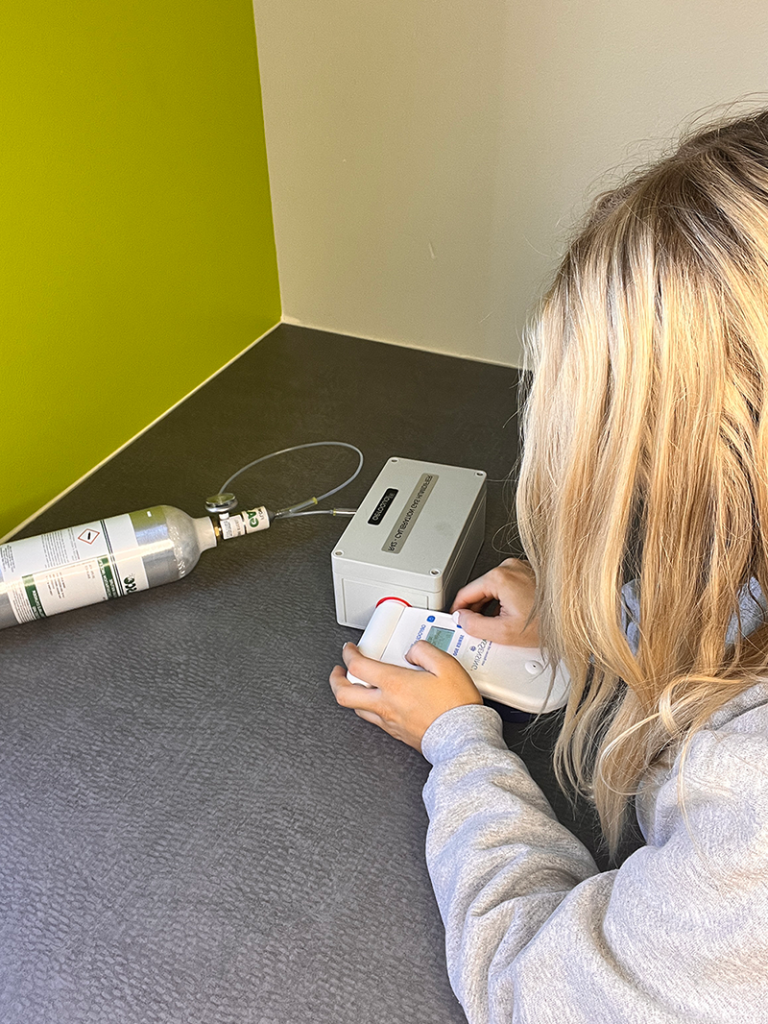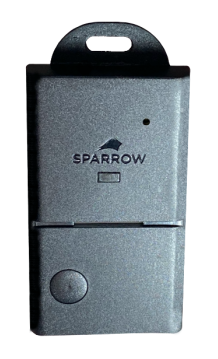Gas sensors are essential tools in various industries and applications, including environmental monitoring, safety, and process control. However, to ensure that gas sensors provide accurate and reliable measurements, regular calibration is crucial.
In this blog post, we will discuss the importance of gas sensor calibration, the calibration process, and the tools required to perform it.
Importance of Gas Sensor Calibration
Calibration is the process of adjusting a gas sensor to ensure that it provides accurate and reliable measurements. Gas sensors can drift over time due to changes in temperature, humidity, and exposure to different gases, leading to inaccurate readings. Calibration corrects for these drifts and ensures that the sensor provides accurate readings.
Calibration is also necessary for compliance with regulatory standards, which often require regular calibration of gas sensors. Failing to calibrate gas sensors can result in significant safety risks, environmental hazards, and financial losses.
The Calibration Process
The calibration process involves exposing the gas sensor to a known gas concentration and adjusting its output signal to match the expected value. The following steps are involved in gas sensor calibration:
- Select a Calibration Gas: Calibration gases are gases with a known concentration that are used to calibrate gas sensors. The selection of the calibration gas depends on the type of gas sensor and the gases it is designed to detect.
- Connect the Gas Sensor to Calibration Equipment: The gas sensor must be connected to calibration equipment that can generate and measure the calibration gas’s concentration accurately. Calibration equipment may include a calibration gas generator, a flow meter, and a gas analyzer.
- Zero Calibration: Zero calibration involves exposing the gas sensor to a clean, pure gas, such as nitrogen, that does not react with the sensor’s target gas. This step sets the baseline reading for the sensor and corrects for any drift that may have occurred.
- Span Calibration: Span calibration involves exposing the gas sensor to a known concentration of the target gas. This step adjusts the sensor’s output signal to match the expected value.
- Validation: After calibration, the gas sensor’s performance must be validated to ensure that it meets the required specifications. Validation may involve exposing the sensor to a known gas concentration and comparing its output signal to the expected value.
Tools Required for Calibration
Calibration of gas sensors requires specialized equipment and tools, including:
- Calibration gas: Calibration gases come in cylinders or canisters and contain a known concentration of the target gas. They are used to calibrate the gas sensor.
- Calibration gas generator: A calibration gas generator produces a precise and stable concentration of the calibration gas. It ensures accurate and repeatable calibration of the gas sensor.
- Flow meter: A flow meter measures the flow rate of the calibration gas and ensures that the gas sensor is exposed to the correct gas concentration during calibration.
- Gas analyzer: A gas analyzer measures the concentration of the calibration gas and provides a reference value for the gas sensor’s output signal.
Conclusion
In summary, gas sensor calibration is essential for ensuring accurate and reliable gas measurements, compliance with regulatory standards, and avoiding safety risks and environmental hazards. The calibration process involves exposing the gas sensor to a known gas concentration and adjusting its output signal to match the expected value. Calibration requires specialized equipment and tools, including calibration gas, calibration gas generator, flow meter, and gas analyzer. Regular calibration of gas sensors is critical for their optimal performance and to ensure safety in various industries and applications.


